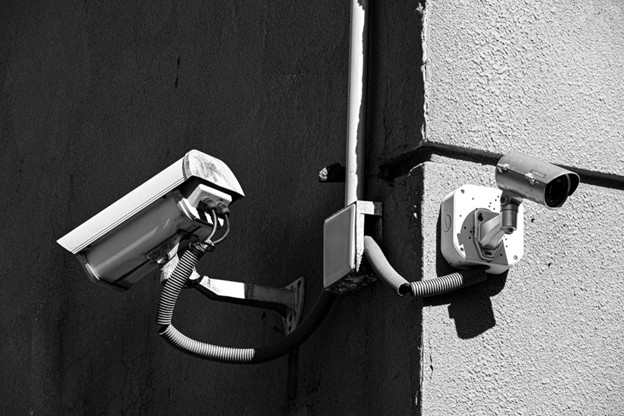
The last year has proved that global medicine needs global changes. The pandemic has become a stimulus for the development of medicine in many countries. The coronavirus pointed to errors in the organization of medical care in the United States and opened the way for further development. Leobit’s team asked experts how medicine in the United States will transform and what technologies will become a trend in the near future. If you are interested to know more expert opinions, check the article ‘How will Health Care in the U.S. Transform in 2021’ on the company’s website.
Andrew Fox, CEO Aim Workout
Following are some of the trends in healthcare in 2021:
From home delivery of prescription drugs to stylish wearable electronic devices like the Apple View that can monitor a variety of vital signs, healthcare is fast becoming a more consumer-oriented business. The electronic revolution should have made this inescapable, but there were still many limitations. The pandemic changed every day because all of a sudden, patients couldn’t go to a physical office for care. At the same time, increased social isolation made many consumers realize that they had to take charge of their own care. Patient portals are a critical factor in directing the care of oneself or a loved one.
Telehealth is another way that healthcare has become more consumer-oriented as it opens up a range of access options for patients. With telehealth, seeing a doctor can take the form of a movie visit, a phone call, or a text message. The technology ran a slow-growing trend hampered by regulations, security concerns, and privacy concerns, but once the pandemic made in-person visits problematic, telehealth became very popular. Medical centers and insurance providers began supporting and encouraging its use, urging patients to download apps, which allow them to schedule appointments and consult with doctors directly on their smartphones.
Soumalaya Chakraborty, [x]cube LABS
The challenges that healthcare companies faced in 2020 and continue to face are as follows:
Cybersecurity: With consultations going online and patient records increasingly being stored in the cloud for easy access and distribution, the risk of data theft has increased majorly. In case a company’s cybersecurity measures are not robust enough, they can easily fall prey to hacking and the personal information of patients can be used for various shady purposes.
Race to Adopt Telehealth: With fewer people visiting facilities physically because of COVID, companies need to facilitate remote consultation or risk losing business to competitors. Early adopters have seen major gains in this space while those yet to implement a proper, user-friendly, and secure process are falling behind by the day.
Providing a Better Patient Experience: Patients who are looking to consult professionals online need to be provided a stellar experience, or they can quickly get frustrated and quit. Organizations have had to suddenly wake up to concepts such as user experience design in digital properties and retention mechanics. The more companies learn how to ensure customers are easily onboarded and are given a seamless experience with the right design elements, payment options, hassle-free networking, etc, the better it is for their brand and business goals.
Getting Actionable Insights from Data: With digital adoption and data collection, one must also have robust mechanisms in place to analyze the data and gain the right insights on which to base actions. Just storing data without intelligent analytics engines is of no use. Additionally, a lot of data is fragmented and stored in multiple locations which gets in the way of a seamless experience.
The pandemic has indeed been a growth driver and here’s how we can see the healthcare landscape transforms in 2021:
1) Mobility: more healthcare facilities will reach their customers with feature-rich mobile apps, offering services of all major departments digitally
2) Greater automation and agility: to compensate for staff shortage and decrease turnaround times, organisations will invest in technologies based on IoT and AI to automate tasks, increase efficiency and eliminate errors.
3) Greater investment in cybersecurity: a significant portion of the budget on digital initiatives will be allocated to enhance data security and protection against ransomware attacks.
4) Increase of the wearable medical devices market: with telemedicine and remote monitoring in vogue, 2021 is set to see a large number of new wearable devices which will keep patients connected with healthcare facilities and keep feeding data to systems that will analyse them and alert patients on appropriate actions to take, through notifications on their wearables
5) Growing influence of artificial intelligence: from smart monitoring devices to chatbots which can fill key roles such as customer service representatives to therapists AI will make its presence felt in a big way.
New technologies that we will see in healthcare: AI, IoT, VR (to simulate real-life medical emergencies and impart training), and Blockchain (for efficient maintenance of patient records).






